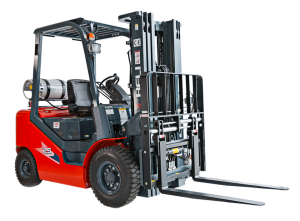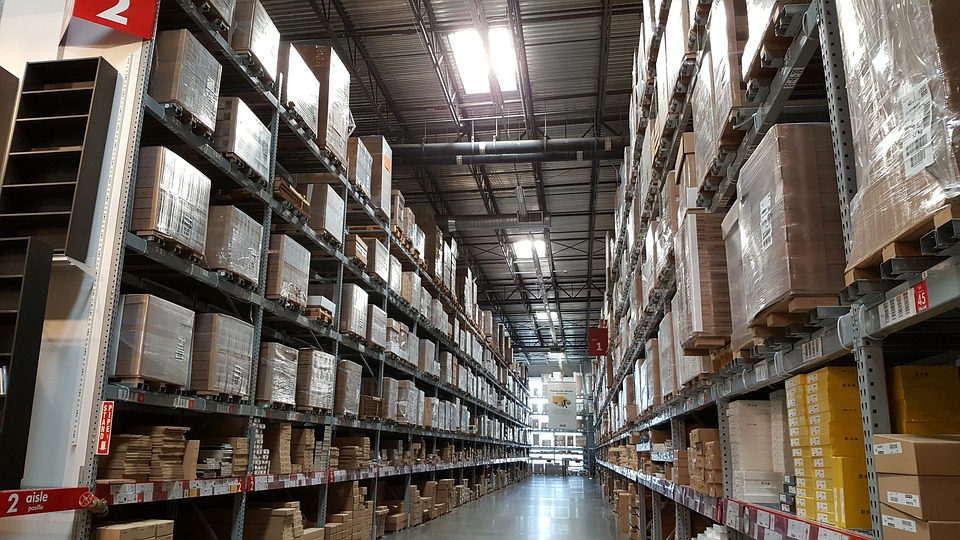Starting a small warehouse business is a complex endeavor. It involves a multitude of moving parts and they can all make or break the success of your operations. What is more, there are various pitfalls to avoid while getting things off the ground. So, it is highly advisable to tread carefully. Ensure that this is the right industry for you and that your entrepreneurial vision is spot on. With proper planning and strategic thinking guiding your efforts, you can move forward with confidence and lay the groundwork for long-term growth and prosperity.
 From the ground up
From the ground up
Before diving in, you have to check whether your business idea will hold water in practice. Make sure to do an extensive market research and evaluate your chances. Gather as much information as possible about the warehousing sector in your area. See what kind of documentation is necessary to start a business there. Keep an eye on the competition, be it other startups, huge warehouses, or self-storage services. Identify your target audience and uncover its exact wants and needs.
Furthermore, develop a deeper understanding of how warehouse operations work. Decide whether you want ownership yourself or want to break out via franchising. In any event, assess the amount and type of products you are going to need to store. This will help you figure out the building size, which is one of the vital aspects of your operations. Too big of a warehouse increases your overheads, but going too small could be just as bad. This brings us to the next point of getting your financial house in order.
Finances and equipment
Determine exactly how much money you require in order to get the business up and running. It is estimated that in countries like Australia, an average warehouse operation costs between $10,000 and $50,000 to set up. A technology-driven warehouse that operates across several municipalities can have millions in assets. But, you can start with a single, leased or owned warehouse and get the ball rolling. Also, feel free to use the startup cost templates from sources such as bussiness.gov.au to line up all major areas of expenditure.
 Remember that modern warehouses are quite sophisticated and rely on technology as much as square footage. Therefore, those who want to gain a competitive edge have to keep up with the pace of the latest developments and trends. A lion’s share of the investment will go to warehouse equipment: shelving units, forklifts, cranes, computers, crates, etc. Note that you do not have to purchase everything. Options like a professional crane hire in Melbourne come in handy when you need heavy machinery, but do not want to break the bank in the process.
Remember that modern warehouses are quite sophisticated and rely on technology as much as square footage. Therefore, those who want to gain a competitive edge have to keep up with the pace of the latest developments and trends. A lion’s share of the investment will go to warehouse equipment: shelving units, forklifts, cranes, computers, crates, etc. Note that you do not have to purchase everything. Options like a professional crane hire in Melbourne come in handy when you need heavy machinery, but do not want to break the bank in the process.
Cover all the bases
There is a bit more ground to cover. Most notably, you should also employ a warehouse management software platform to keep tabs on storing, packing, and shipping processes. You can track the product from the moment it enters the warehouse, all the way to its final destination point. And in case you decide to also provide distribution services, there are some additional things to consider. Namely, it is of the utmost importance to get trucks for smooth delivery and hire employees who are versed in logistics.
Finally, establish a client base, your own niche market. Seek other businesses and independent contractors that lack storage themselves and rely on facilities like yours. Other small businesses (small book distributors, for instance) are probably your best bet. Bear in mind you can join professional networks in the league of International Warehouse Logistics Association. They empower startups looking to generate leads, get educated, and gain a foothold in the market.
Ahead of the pack
To maximize your chances of success, do your homework and hold your ideas to the scrutiny of reality. Master the art of proactive planning. Put together a solid startup strategy and know what it takes to assemble a profitable warehouse operation. Set yourself apart from the competition and discover who your client is. Find the right amount of finance: you can start small and gradually expand your reach. Many small and home-based businesses might want to use your services, so do what you can to beat your competition to them.

